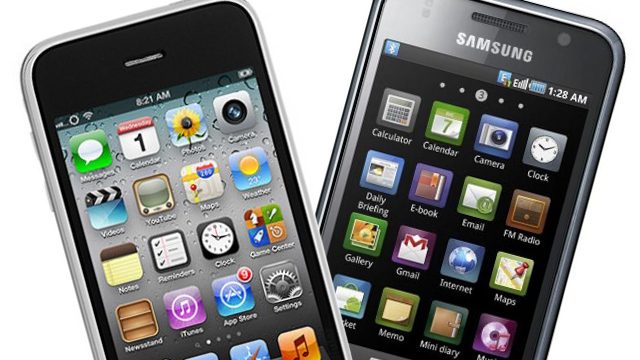SUMMARY
This is AI generated summarization, which may have errors. For context, always refer to the full article.

CALIFORNIA, USA– Jurors return to a Silicon Valley courtroom Tuesday, May 22, US time, to deliberate for a second day about whether Samsung should pay Apple a billion dollars for copying iPhone design features.
Apple is seeking slightly more than a billion dollars in damages in the seven-year-old legal battle, while Samsung wants a figure closer to $28 million.
The jury has been asked to determine whether design features at issue in the case are worth all profit made from Samsung smartphones that copied them or whether those features are worth just a fraction because they are components.
The three design patents in the case apply to the shape of the iPhone’s black screen with rounded edges and a bezel, and the rows of colorful icons displayed.
Samsung no longer sells the smartphone models at issue in the case, the Samsung Galaxy S and SII, released in 2010 and 2011, respectively.
Apple argued in court that the iPhone was a “bet-the-company” project at Apple and that design is as much the “article of manufacture” as the device itself.
Determining whether those iconic iPhone design elements are essentially the “article of manufacture” will be key to whether jurors award the profit from all the Samsung phones involved, according to legal standards presented by the court.
The case dates back seven years. An original trial finding that Samsung violated Apple patents was followed by lengthy appellate dueling over whether design features such as rounded edges are worth all the money made from a phone.
Samsung challenged the legal precedent that requires the forfeiture of all profits from a product even if only a single design patent has been infringed.
The case made its way to the US Supreme Court, which ruled in 2016 that the South Korean consumer electronics giant should not be required to forfeit the entire profits from its smartphones for infringement on design components, sending the case back to a lower court.
The Supreme Court stopped short of delving into details of how the lower court should determine how much phone design components are worth when it comes to patent infringement violations.
Presiding US District Court Judge Lucy Koh gave jurors in her San Jose courtroom a four-factor test to determine an “article of manufacture,” but it is up to the panel to decide how the evidence fits that framework. – Rappler.com
Add a comment
How does this make you feel?
There are no comments yet. Add your comment to start the conversation.